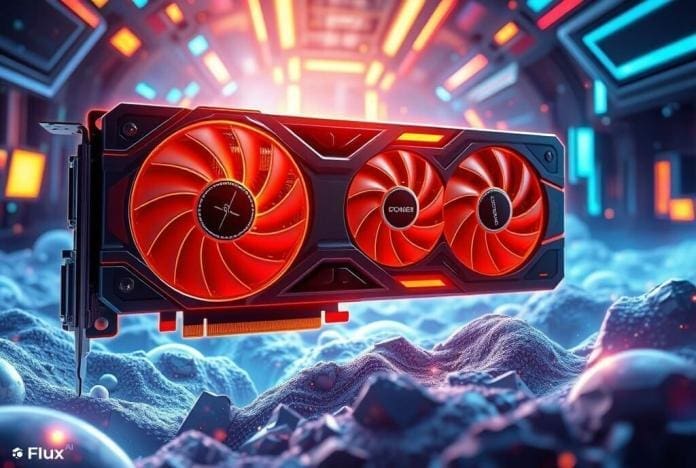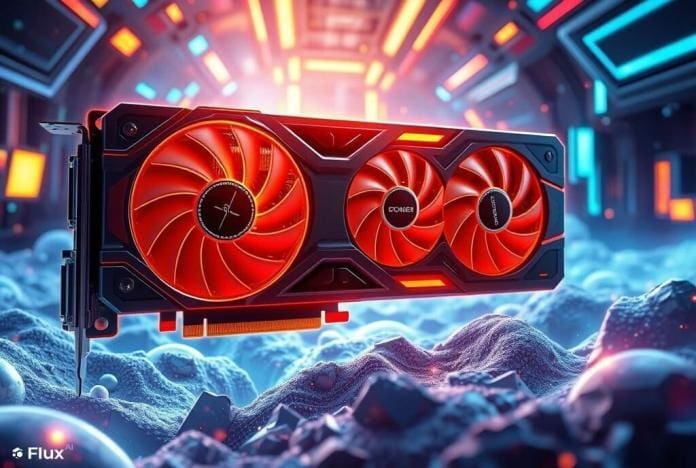Flux is a good option to research post the merge, so I thought I would write a guide on how to mine flux. I am currently running 2 of my Nvidia Rigs on it.
Looking for something to mine after Etherium 2.0 – check out our guide and builds.
At the moment Nvidia GPUs have been better with the current mining software, but you can mine on AMD as well. With the difficulty on Ethereum increasing this is becoming more and more profitable.
Flux is slightly different to Ethereum, I have found it to be a little more core intensive. But not on the same scale as RVN. Try upping the core and power a little and hash rates increase. Then tone back to the sweet spot for each gpu.
Choosing a Wallet
The main wallet for flux is the Zelcore wallet, its pretty simple to use and set up and is custodial.
Selecting a Pool
I mine using minerpool.org but check out the selection here:-
Select a Miner
Both miners are getting updates all the time so look out for the latest version, lolMiner 1.6 recently got a 10 to 20% boost on some AMD cards.
For Nvidia GPU’s we recommend GMiner or MiniZ (Guide – How to use GMiner).
For AMD GPU’s we recommend lolMiner (Guide – How to use lolMiner / MiniZ Miner).
Setting up on HiveOS
- Join HiveOS if you have not already – referral link below. I do all my mining on it, its simple and easy to use and you can control your rigs anywhere on Mobile and Web Browser.
- Add your flux wallet.
- Add a new flight sheet.
- Select Coin – Flux
- Select your Wallet
- Select your pool – pick the one closest to you for lowest latency.
- Pick your miner – in my case Mini Z
- Ensure that Algorithm, Wallet and Worker Address, Pool and Port set.
- If you are using minerpool you will need to set a password in the pass section to change your payout thresholds.
This is how your flight sheet will look like it you are dual mining – its the second entry.
Profitability and Payouts
Flux is parallel mined so you get paid twice effectively, usually the main coin and then parallel assets on a weekly basis. This bolsters your mining income. You can check out your estimated revenue here.
This is not 100% accurate due to parallel assets which I will outline below.
Parallel Assets
Source and Credit: https://fluxofficial.medium.com/exploring-parallel-assets-in-the-flux-ecosystem-ea40012429d0
“One of the core goals of Flux is to become the face of Web3 and create an interoperable ecosystem. While the native coin ($Flux) was doing well, it only existed on the Flux blockchain. What if Flux equivalents could reside on other blockchains, totally compatible with those blockchains, and yet retain the uniqueness of the Flux network? This question birthed the idea of parallel assets.
But then, what exactly is a parallel asset?
Parallel assets are Flux tokens ‘living’ on other blockchains. They are considered parallel because they can be easily converted to native Flux in a 1:1 equivalent, regardless of price fluctuations on the network where they reside. Parallel assets can be likened to token bridges that allow assets to be ported from one blockchain to another using a simple ( though technically complicated) mechanism. The process typically consists of locking the coins on the originating blockchain (in this case, Flux) and then minting tokens on the destination chain. If the user wants to move those assets back to their chain of origin, the tokens on the destination chain may be transferred. The coins on Flux would then be released for spending once again.
In April 2021, Flux launched its first parallel asset, Flux-Kadena, followed by Flux-ETH and Flux-BSC existing on the Ethereum and Binance Smart Chain, respectively. By the 3rd quarter of 2021, Flux-Sol and Flux-Tron were distributed to native Flux holders. In all, there are going to be ten parallel assets. Flux-Luna and Flux-Avax are already scheduled for launch this year (2022) by May, which leaves three remaining parallel assets. To take a deep dive into the economics behind parallel asset distribution and mining, check out the Flux official release. Sure, parallel assets are a great idea with rewards for Flux holders, node operators, and miners via airdrops and Parallel mining.
However, the question to address is;How exactly will parallel assets shape Defi in the Flux ecosystem and beyond?
To understand this, let’s glance at decentralized finance (Defi). The core of this innovation was how to bypass third parties, e.g., banks and other intermediaries, by leveraging a decentralized financial system powered by smart contracts. There has to be a way of interaction between different exchanges and Defi platforms to achieve this. For example, while the Flux ecosystem already allows users to stake $ Flux on Coinmetro and earn interest on their deposits, this is only limited to native Flux. All other benefits of $ Flux, including rewards for powering the Flux computational network and voting credits in the Flux XDAO, are also limited to the Flux blockchain. Parallel assets give Flux the fluidity it needs to cut across different other blockchains and Defi platforms.”



